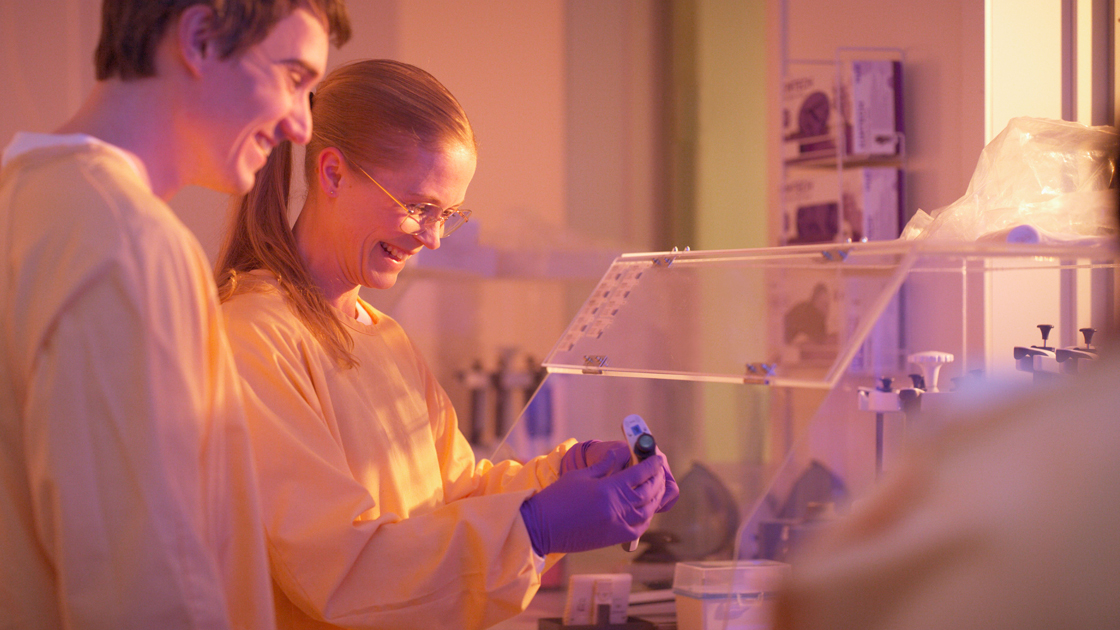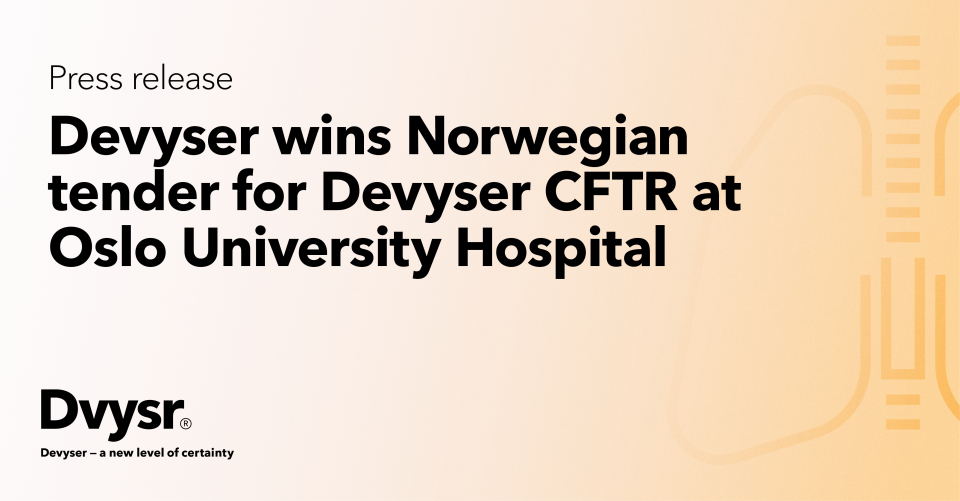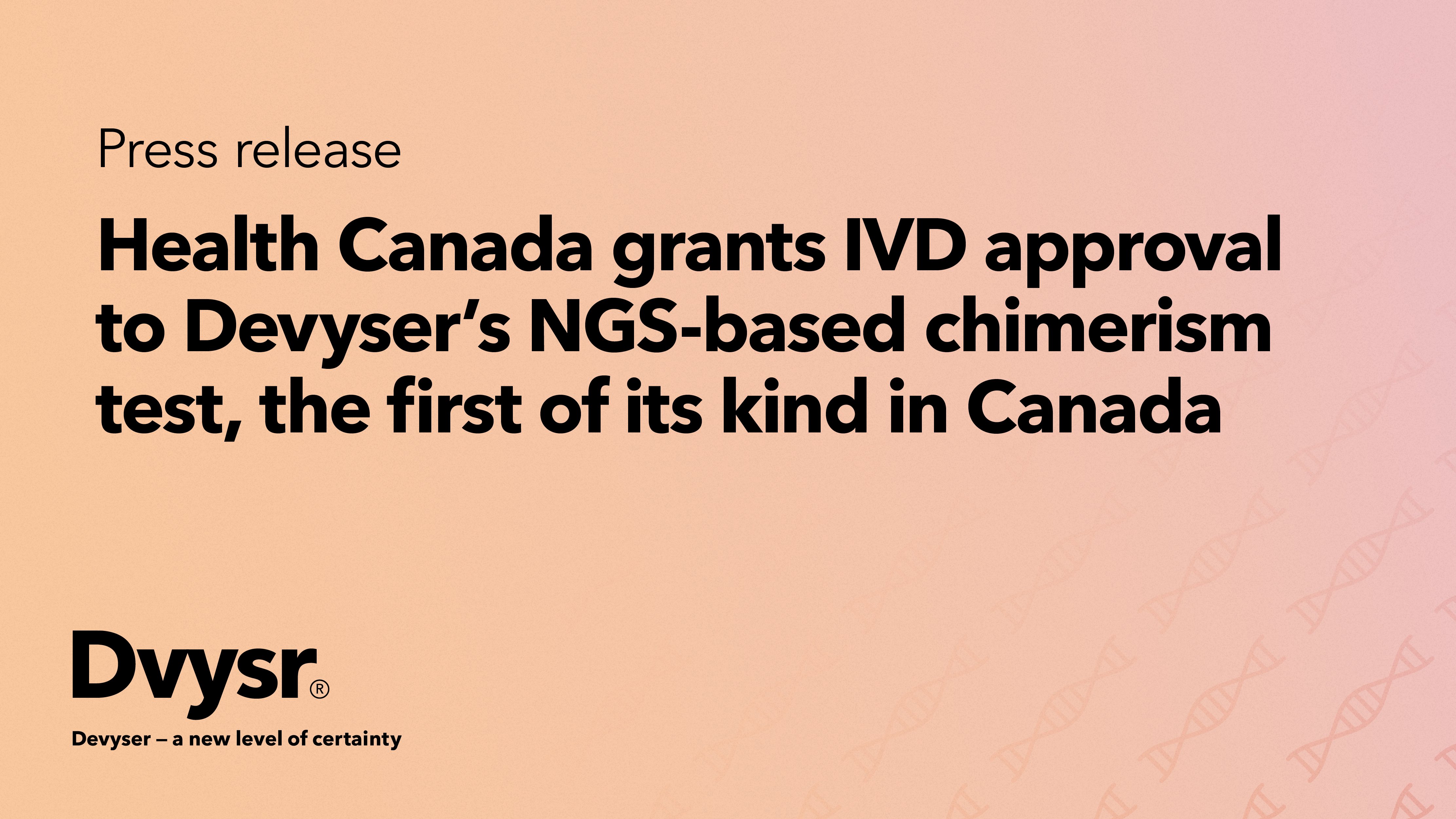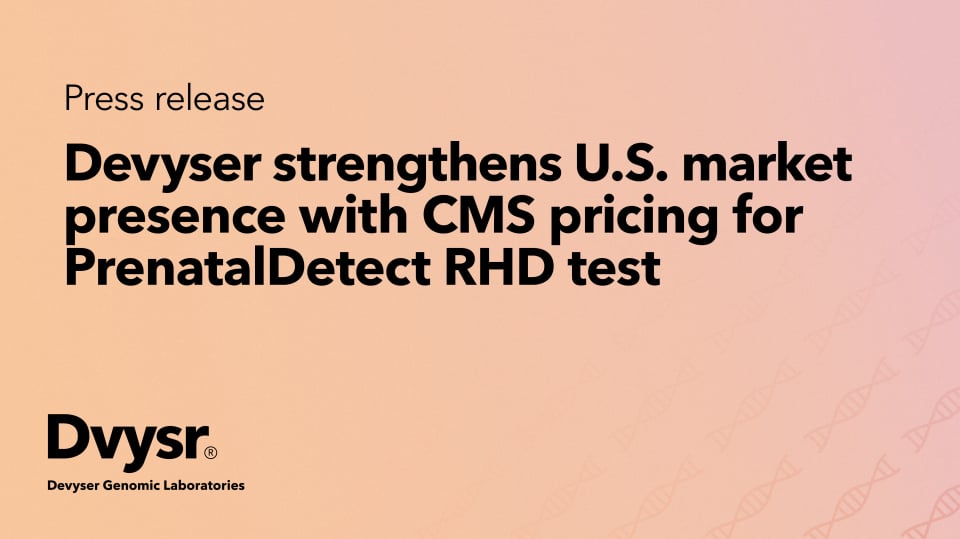Devyser wins Norwegian tender for Devyser CFTR at Oslo University Hospital
Devyser is proud to announce that the company has been awarded a tender by Oslo University Hospital...
The new In Vitro Diagnostic Devices Regulation (IVDR) places greater emphasis on risk classification and performance evaluation on medical devices. Here, you will find useful information about IVDR and how we can help your laboratory be IVDR compliant.
Cost-effective solution
IVDR-certified test kits are often more cost-effective than alternative solutions, such as developing your own in-house LDTs. By choosing an IVDR-certified product, you can save time and resources while still receiving the highest-quality results.
Increased efficiency
IVDR-certified test kits are designed to be user-friendly and efficient, saving you time and resources in your laboratory operations and improving patient outcomes.
Compliance with regulations
With the implementation of the IVDR, buying IVDR-certified test kits is essential for compliance with European Union regulations. By purchasing from a trusted provider, you can be confident that you are meeting all the necessary requirements and avoiding costly penalties.
At the end of the day, it is all about ensuring safety and accuracy for patients.

What are the main differences between IVDR and IVDD?
Are in-house devices, or laboratory-developed tests (LDTs) under the scope of IVDR?
Yes. Previously, the IVDD did not cover in-house devices or LDTs. Under IVDR, rules for the use and manufacturing of in-house devices are in place.
.png)
The In Vitro Diagnostic Regulation (IVDR) was adopted by the European Union (EU) in 2017 and replaced the current In Vitro Diagnostic Directive (IVDD) on May 26, 2022. The transition to the new regulation requires manufacturers to comply with stricter requirements for the safety and performance of in vitro diagnostic devices (IVDs) and to obtain new or updated certifications. To help navigate the IVDR transition process, we've created timelines outlining the key milestones and deadlines. These timelines provide valuable guidance on the necessary steps to ensure compliance with the new regulation.
Complete the form below and we will be in touch promptly.

News | June 26, 2025
Devyser launches Devyser HLA Loss: A high-precision NGS assay for post-transplant researchNews | October 29, 2024
Devyser seeks to secure FDA approval for NGS test for kidney transplant monitoringNews | October 28, 2024
Devyser Compact achieves Class III approval in China
Devyser is proud to announce that the company has been awarded a tender by Oslo University Hospital...
Read More

Devyser, a leading provider of advanced genetic testing solutions, has been awarded a new tender in...
Read More

Devyser is proud to announce that One Lambda Devyser Chimerism and Advyser Chimerism have been...
Read More

Devyser today announced that the Centers for Medicare & Medicaid Services (CMS) has issued its...
Read More